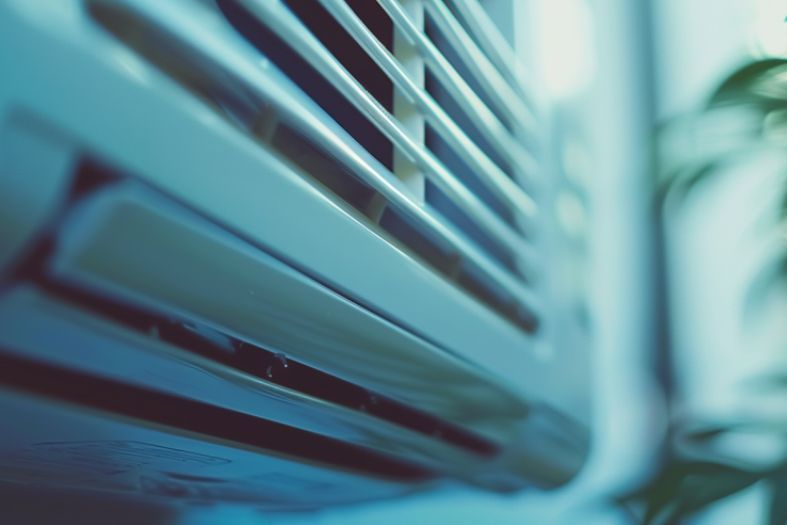
Troubleshooting Common Issues with Ductless Mini-Split Systems
TL;DR: Troubleshoot common issues with your ductless mini-split system by checking power sources, cleaning filters, and ensuring proper installation. For persistent problems like refrigerant leaks, electrical faults, or complex internal issues, professional HVAC services are crucial to maintain efficiency and extend the life of your system. Regular professional maintenance not only solves immediate problems but also prevents future issues, ensuring optimal performance and comfort.
Ductless mini-split systems have revolutionized home comfort, offering efficient heating and cooling with flexible installation options. However, like any technology, they can encounter issues. Whether it’s a system that won’t turn on, inadequate temperature control, strange noises, ice formation, or leaks, knowing how to troubleshoot these common problems can save you time and discomfort. But while some issues can be resolved with simple checks and maintenance, others signal deeper problems that necessitate the expertise of professional HVAC services.
This blog will guide you through identifying and troubleshooting the most frequent mini-split challenges and highlight when it’s crucial to call in the professionals. With the right approach, you can ensure your mini-split system operates smoothly, providing the comfort you rely on while emphasizing the indispensable value of professional HVAC support for maintaining the longevity and efficiency of your system.
Understanding Your Mini-Split System
Before diving into troubleshooting, it’s essential to grasp the basics of how your ductless mini-split system operates. This foundational knowledge not only helps in identifying issues but also in communicating effectively with professionals when needed. Let’s break down the main components and how the system works.
The indoor unit is typically mounted on the wall or ceiling and features filters, blowers, and evaporator coils, while the outdoor unit contains the compressor, condenser coil, and a fan. This setup plays a crucial role in the cooling process by absorbing heat from indoor air and expelling it outside, thus cooling the air inside the room. Conversely, for heating, the process is reversed, with the system absorbing heat from the outside air and transferring it indoors. This ability to switch between cooling and heating makes mini-splits exceptionally versatile and efficient for year-round comfort.
One of the standout features of ductless mini-split systems is their capability for zoned comfort. Unlike traditional HVAC systems that cool or heat an entire house uniformly, mini-splits can target individual rooms or zones. This not only allows for personalized comfort settings but also contributes to increased energy efficiency by not heating or cooling unoccupied spaces. Armed with this understanding of your mini-split system’s components and functionality, you’re well-prepared to identify potential issues or to communicate more effectively with HVAC professionals when more complex problems arise.
Common Issues and Troubleshooting Steps For Mini-Split Systems
Navigating through the common issues that might arise with your ductless mini-split system can be straightforward if you know what to look for and how to address it. Here’s a detailed look at how to troubleshoot some of the most frequent challenges:
The System Won’t Turn On
The most immediate concern is when your mini-split system doesn’t power on. Start with the basics: ensure that the system is properly plugged in and the circuit breaker hasn’t tripped. Remote control issues are also common, so check if the batteries need replacing. If these steps don’t resolve the problem, it could be an indication of more significant electrical issues or damage that a professional needs to examine.
Inadequate Heating or Cooling:
If your system is running but not effectively heating or cooling your space, the first step is to check and clean the air filters. Blocked airflow from dirty filters is a common culprit. Also, make sure that both the indoor and outdoor units are free from obstructions that could impede performance. Temperature settings on the remote control should be verified to ensure they’re appropriate for the desired comfort level. Low refrigerant levels can also affect the system’s efficiency and require a professional’s attention.
Unusual Noises:
Mini-splits are generally quiet, so unusual noises can be concerning. These can range from clicking to buzzing or whirring sounds, each potentially indicating different issues. Loose components can vibrate and produce noise, so check for and tighten any that you find. Clearing away debris from around the units can also eliminate noise causes. If these steps don’t solve the problem, the noise could be signaling a need for professional diagnostics.
Ice Formation on the Outdoor Unit:
Ice formation might occur on the outdoor unit in colder weather. Many systems have a defrost mode to manage this, but ensuring proper insulation of the refrigerant lines is also vital. If ice continues to form despite these measures, it could point to a refrigerant leak or other serious issues, warranting a call to a professional.
System Leaks Water:
Water leakage usually stems from issues with the condensate drain line being clogged or the indoor unit not being level, disrupting proper drainage. Inspect and clean the drain line as needed and check the unit’s installation for any tilt that might affect water flow. Also, examine the seals between the indoor unit and the wall for any signs of damage or gaps that could lead to leaks.
While many of these issues can be resolved with basic troubleshooting steps, certain problems, especially those related to refrigerant or electrical faults, require the expertise of a professional HVAC technician. Regular maintenance and prompt attention to any signs of trouble can help keep your ductless mini-split system running smoothly, ensuring your comfort year-round.
When To Call a Professional
While a number of issues with your ductless mini-split system can be addressed through DIY troubleshooting, recognizing when to seek professional help is crucial to avoid further damage and ensure your system operates efficiently. Here are scenarios where expert intervention is necessary:
Complex Electrical Issues:
If the system fails to power on despite checking the power supply, circuit breaker, and remote control, the problem may lie within the unit’s electrical components. Electrical faults require the expertise of a professional technician to diagnose and repair safely.
Refrigerant Problems:
Signs of low refrigerant levels, such as ice formation on the outdoor unit or diminished heating and cooling efficiency, indicate a potential leak or the need for a recharge. Handling refrigerant requires special certifications due to its environmental impact and safety concerns, making professional service essential.
Persistent Unusual Noises:
After ruling out loose parts and debris, ongoing unusual noises from your system could point to internal mechanical issues. A professional can accurately diagnose the cause, whether it’s a failing compressor or issues with the fan motor, and perform the necessary repairs.
Severe Water Leaks:
While minor clogs in the condensate drain line can often be cleared, significant water leaks may stem from more complex problems, such as damage to the drain pan or improper installation. A technician can identify and resolve the root cause of the leak, preventing potential water damage to your home.
Regular Maintenance and Inspections:
Scheduling regular professional maintenance ensures your mini-split system operates at peak efficiency. Technicians can perform comprehensive checks, including cleaning components that are difficult to access, checking for wear and tear, and ensuring the system is properly charged with refrigerant.
By understanding the limitations of DIY troubleshooting, you can prevent costly mistakes and prolong the life of your ductless mini-split system. Professional HVAC services offer the expertise, tools, and experience to address complex issues effectively, ensuring your system provides reliable comfort throughout the year. Don’t hesitate to call in the experts when faced with problems beyond simple fixes, as early intervention can often prevent more significant issues down the line.
Preventative Maintenance Tips For Your Mini-Split System
Ensuring your ductless mini-split system remains in top condition requires regular maintenance. By following these preventative measures, you can extend the lifespan of your system, improve its efficiency, and minimize the need for costly repairs. Here are essential tips for maintaining your mini-split system:
- Clean or Replace Air Filters Regularly: Dust and debris can clog air filters, hindering airflow and reducing system efficiency. Clean or replace the filters every 1-3 months, depending on usage and environmental factors, to ensure optimal performance.
- Keep Indoor and Outdoor Units Clear of Obstructions: Ensure the areas around both the indoor and outdoor units are free from clutter, vegetation, and debris. A clear space allows for better airflow and reduces the risk of overheating.
- Inspect and Clean the Outdoor Unit: Leaves, dirt, and other outdoor elements can accumulate on the outdoor unit, affecting its efficiency. Regular cleaning of the unit’s exterior and surrounding area can prevent these issues.
- Check for Proper Insulation of Refrigerant Lines: Properly insulated refrigerant lines are crucial for efficient operation. Check the insulation regularly for signs of wear and tear and replace it if necessary to maintain energy efficiency.
- Schedule Professional Maintenance Annually: Even with diligent self-maintenance, having a professional HVAC technician inspect and service your mini-split system annually is essential. They can perform a more thorough check, including inspecting electrical connections, testing system functions, and ensuring there are no refrigerant leaks.
Be Attentive to Changes in System Performance: Pay attention to any changes in how your system operates, such as unusual noises, decreased heating or cooling efficiency, or unexpected increases in energy bills. Early detection of these signs can help address issues before they escalate.
By adhering to these preventative maintenance tips, you can ensure your ductless mini-split system continues to provide comfortable and efficient heating and cooling. Regular care not only keeps your system running smoothly but also contributes to a healthier indoor environment by improving air quality and reducing the likelihood of breakdowns.
Professional Mini-Split Services Near You
In conclusion, while ductless mini-split systems are known for their efficiency and versatility in providing comfortable indoor environments, like any complex machinery, they are not immune to issues. Understanding how to troubleshoot common problems such as power failures, inadequate heating or cooling, strange noises, ice formation, and water leaks is invaluable for any homeowner.
However, recognizing the limit of DIY fixes and the importance of professional intervention is crucial for maintaining the system’s longevity and performance. By following the preventative maintenance tips outlined, you can significantly reduce the likelihood of issues arising and ensure your system operates at peak efficiency.
Regular maintenance, both by yourself and through professional services, is the key to avoiding costly repairs and prolonging the life of your mini-split system. Staying proactive about maintenance and attentive to your system’s performance allows you to enjoy the full benefits of your investment in ductless mini-split technology. Remember, when it comes to complex issues or annual check-ups, relying on the expertise of professional HVAC technicians is not just a recommendation; it’s a necessity for ensuring the health and efficiency of your system.
For residents in Gainesville, GA, experiencing issues with their ductless mini-split systems, or those simply seeking to ensure their system remains in top-notch condition, Gee Heating and Air is your go-to solution. With years of experience and a deep understanding of the intricacies of HVAC systems, our team of certified technicians is equipped to handle everything from routine maintenance to complex repairs.
Frequently Asked Questions About Mini-Split Systems
What should I do if my mini-split isn’t heating or cooling effectively?
Start by checking and cleaning the air filters, which can restrict airflow if clogged. Ensure there are no obstructions near both the indoor and outdoor units. Verify the temperature settings on your remote control. If the problem persists, it may be time to contact a technician to check for refrigerant issues or other internal problems.
What should I do if my mini-split system is leaking water?
Water leaks usually stem from issues with the condensate drain line. Check if it’s clogged and clean it out. Also, ensure the indoor unit is mounted level so water can properly drain out. If leaks continue, the problem might be with the unit’s seals or a more complex internal issue, requiring a technician’s help.
What should I do if my mini-split isn’t heating or cooling effectively?
Start by checking and cleaning the air filters, which can restrict airflow if clogged. Ensure there are no obstructions near both the indoor and outdoor units. Verify the temperature settings on your remote control. If the problem persists, it may be time to contact a technician to check for refrigerant issues or other internal problems.
Table of Contents
More Articles
Categories



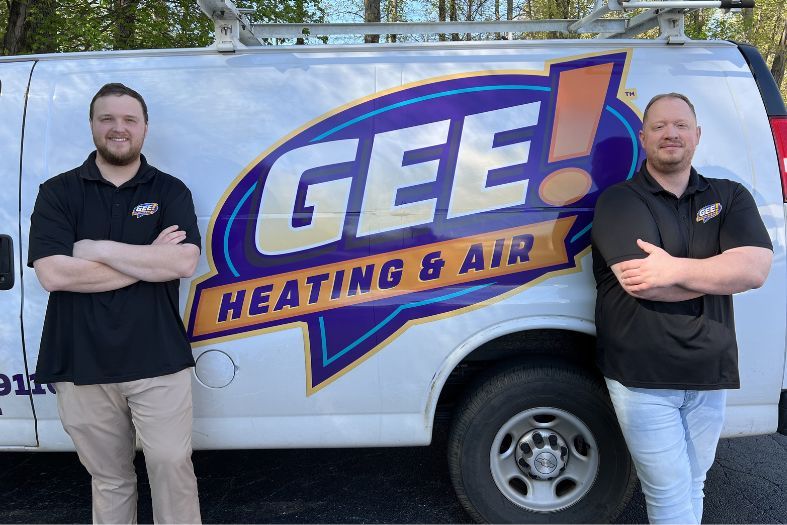
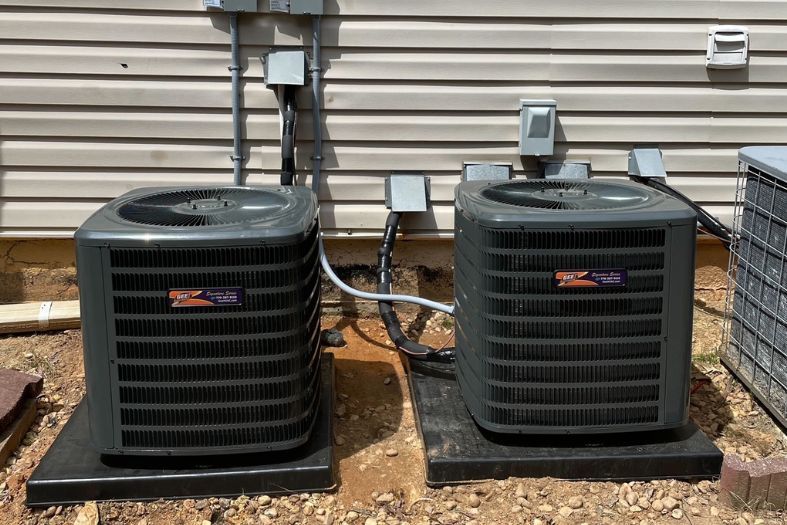
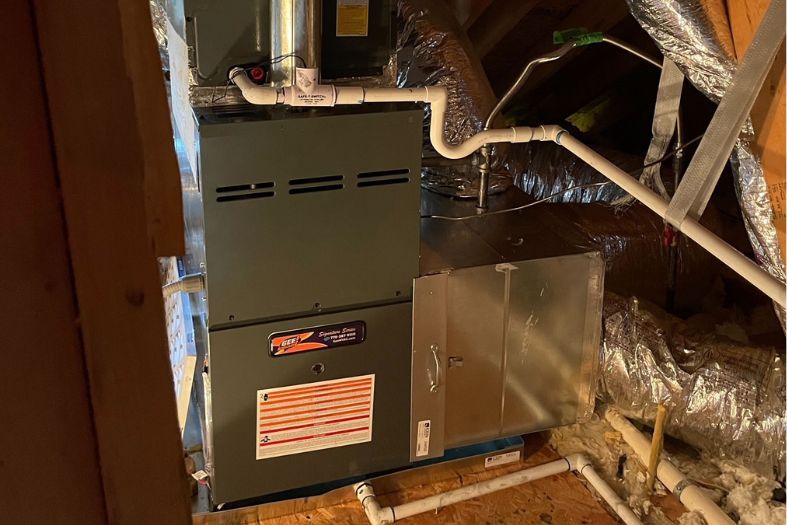
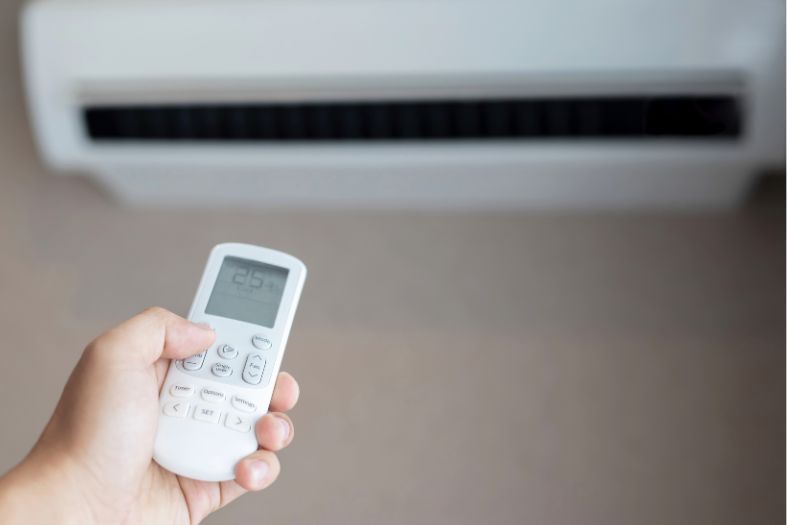

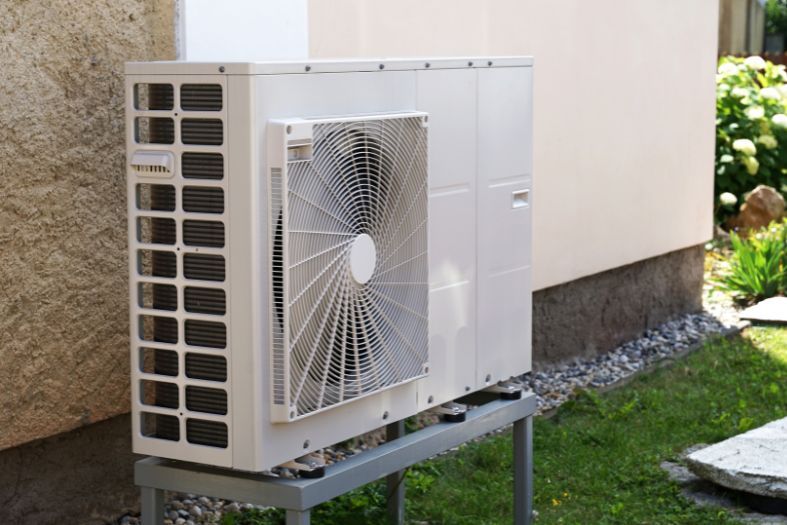

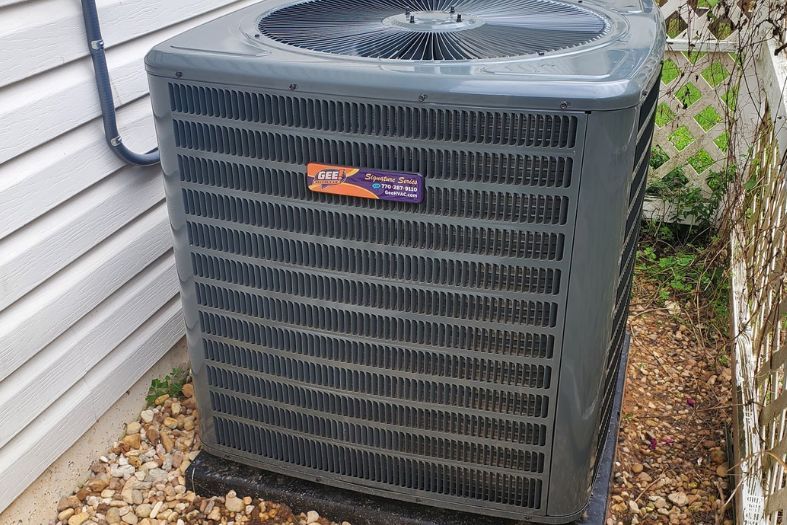
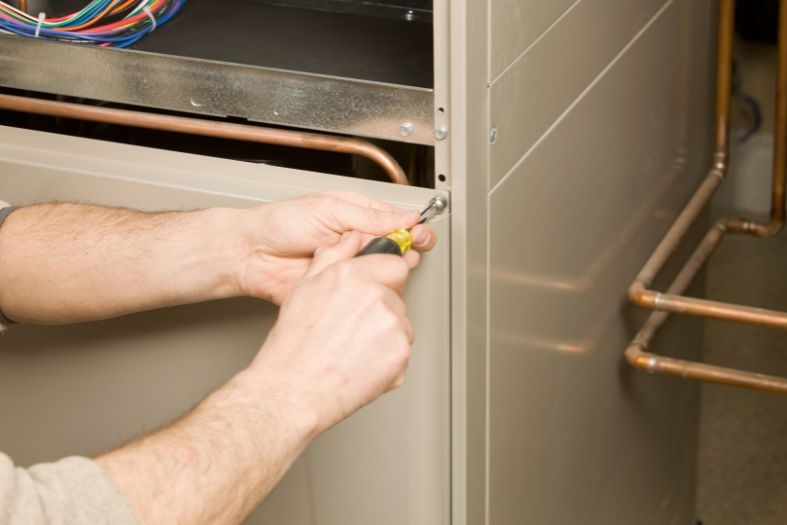
Leave a Reply